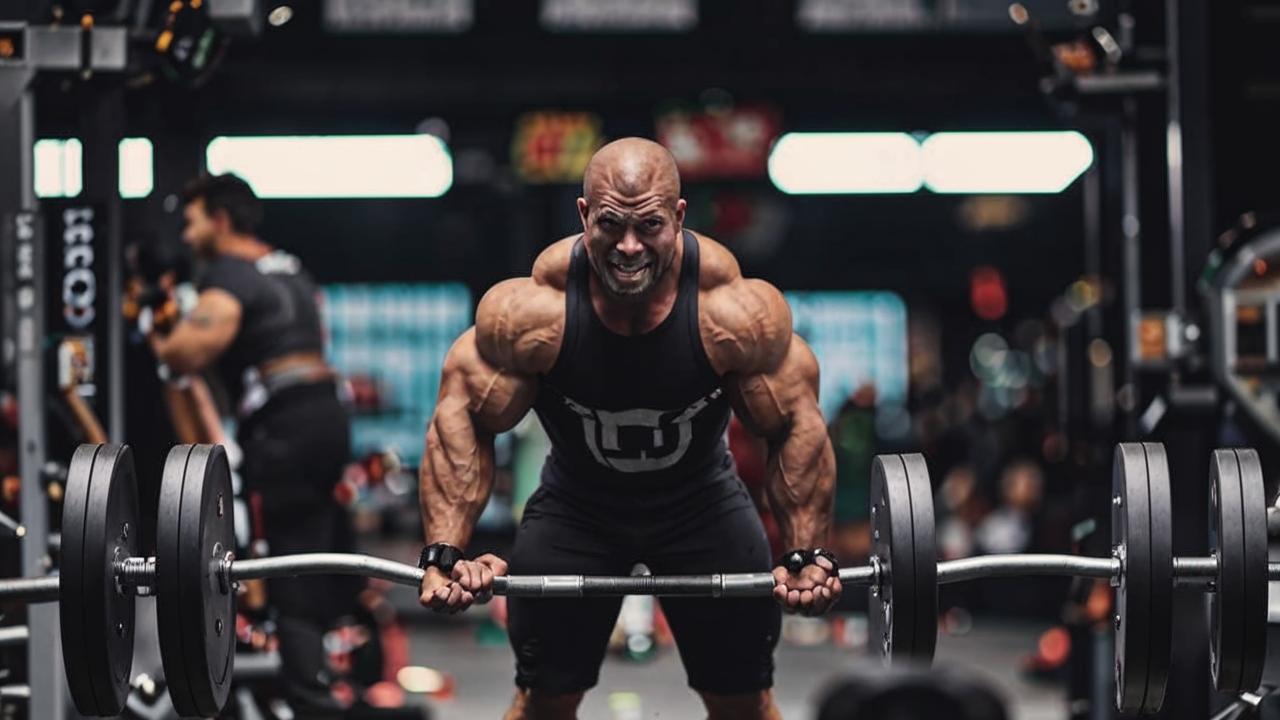Today, more and more attention is being paid to disorders related to a person’s perception of his or her body. These include eating disorders and various types of dysmorphophobia – fixation on a particular physical feature. Perhaps the most “popular” disorder that everyone has heard of at least once is anorexia. It is believed that women are more prone to it. However, few people know about its male “version” – bigorexia, which many men face without realizing it. Together with wellness coach and “Championship” expert Andrei Semeshov we find out what bigorexia is and where it comes from.
Adonis complex: what is bigorexia
Bigorexia, or muscle dysmorphia, is one of the types of dysmorphophobia, in which a person is excessively preoccupied with some defect or feature of his body. Specifically, this mental disorder manifests itself in an unhealthy desire to gain as much muscle as possible. It is also called reverse anorexia, megarexia or Adonis complex – after the ancient Greek god who was characterized by his particular beauty.
People with bigorexia are constantly preoccupied with thoughts that they are not muscular enough, not big enough. Whereas with anorexia a person thinks they are too big, with this disorder they perceive themselves as small and thin regardless of their actual size.

One of the outward signs of bigorexia is large muscle mass: a huge body, as if off-photoshopped relief muscles. Because of this, some people default to the assumption that all “rocked” men are prone to this disorder. However, biorexia should not be confused with bodybuilding. In the case of the Adonis complex, it is not so much a physical, but a psychological condition. The problem here is not in the muscles, but in the head.
Andrei: When the desire to pump up becomes the most important thing in life, for the sake of which both work and relationships with family and friends are put on the back burner, there is reason to be wary.
As the coach notes, there is a big difference between bodybuilders and those who are engaged exclusively “for themselves”. It’s one thing when a man trains hard and eats according to the alarm clock, because muscles are his main source of income, and keeping himself in perfect shape is his job. And it’s quite another when a man spends all his free time in the gym, distances himself from family and friends, and begins to live in a vicious cycle of “workout-food-sleep”.

What is the cause of bigorexia?
Today, one of the reasons why more and more men face muscle dysmorphia is stereotypes. Popularized ideas of what a “real” man should be like are often based on the figures of professional bodybuilders and are far from real healthy parameters. It can be assumed that the fashion for a large muscular body was once set by such actors as Arnold Schwarzenegger, Sylvester Stallone, Jean-Claude van Damme, then Dwayne Johnson, and now their “traditions” are continued by Hafthor Björnsson (“Game of Thrones”) and Martin Ford (“Vikings”).
The problem of distorted masculinity and, as a consequence, bigorexia has become especially urgent in the XXI century. Thus, in 2005, a group of scientists from Midwestern State University of Wichita, Southeastern Louisiana University and West Virginia Medical School analyzed how children’s toys have changed over the past 25 years. The study found that modern action figures – Ken, soldiers, superheroes – are larger and more muscular than their predecessors, and many of them have muscles that cannot be built up in reality, even with steroids.
The situation with bigorexia is aggravated by the growing popularity of superhero movies. Against the background of “pumped up” actors like Chris Hemsworth and Henry Cavill, anyone can feel weak and underpowered.
Kirill Teryoshin: is it bigorexia?
Uncontrollable cravings for the gym and strict dieting are not the worst manifestations of bigorexia. Some men do not get enough of the results that can be achieved “naturally”. In this case, they turn to steroids, anabolics and other dubious “highhacks”. Kirill Teryoshin, better known on the web as Hands-Bazuki, did the same.
Teryoshin, like many people, started with going to the gym, but probably wanted to get a quick and visible result – and started injecting himself with synthol. On one of the TV shows in which Ruki-Bazuki starred in 2018, he revealed that he injected more than six liters of the drug.
Syntol is a mixture of oil and painkillers: it is injected deep into the muscle, where it spreads between the bundles of fibers, and with repeated injections, the volume of oil grows and enlarges the muscle.
As a result, Kirill’s arms have really reached huge sizes. One of the photos in his “instagram” shows that the girth of the biceps is 62 cm.
Such experiments have a negative effect on health. Tereshin has already stated several times that he is going to get rid of the bazooka arms: pump out the synthol, remove the deformed muscles, return to normal. Kirill was persuaded to stop the senseless race for volume by doctors and subscribers in Instagram (of which he has more than four hundred thousand). But despite the rumors about the surgery to remove biceps, it seems that the guy is not going to stop. Every next complication – inflammation, deteriorating health, numbness in his hands – he used as another way to remind himself. And if now Kirill does it for the sake of hype, then in the beginning, most likely, did not do without bigorexia.
Bigorexia occurs in almost everyone
The causes of bigorexia can be found in the ever-increasing level of stress, and in childhood traumas – it is difficult to give a definite answer to the question of why this disorder occurs. But wellness-coach Andrei Semeshov is sure: in one form or another dissatisfaction with their muscle volumes is found in everyone who works out in the gym for more than three or four years.
Andrei: If according to Chekhov, a Russian man always lacks one more room and a hundred rubles, then a regular at the gym will always want to gain a couple more centimeters on the biceps and “a bit of meat on the back-shoulders to put on”.
Someone is able to cope with the situation, and the desire to gain mass does not turn into a mania. However, there are those for whom the desire for the “perfect” form becomes the only goal and crowds out all other areas of life. At first it’s not so terrible, but over time, dissatisfaction with themselves will only grow, assures Andrei.

Andrei: The search for the right path begins, which soon leads to dealers of anabolic steroids and other drugs. Moreover, these drugs are often used in dosages that make even the holders of the title “Mr. Olympia” amazed.
If a person notices such obsession, because of which, obviously, all other spheres of life, the best way out is to consult a psychologist. However, it is often difficult for people to see the real picture and assess the seriousness of the situation. In addition, not everyone will be able to recognize that he really needs the help of a specialist. In this case, you can try to cope on your own.
Andrei: Big muscles will not improve your health, social status or relations with the opposite sex. As the saying goes: “And only after finally losing weight and pumping her butt, she realized that men avoid her not because she is fat, but because she is a bitch. It’s exactly the same story with a 50 centimeter bicep.
Overkill is not only negative, but also seemingly positive – everything is good in moderation. Going to the gym should not turn into an obligatory excercise, just because you “have to”, and every workout should not end with measuring all the volumes. Fitness is about health and moral rest, about muscle tone and well-being and, of course, about balance. You should not forget about it.






